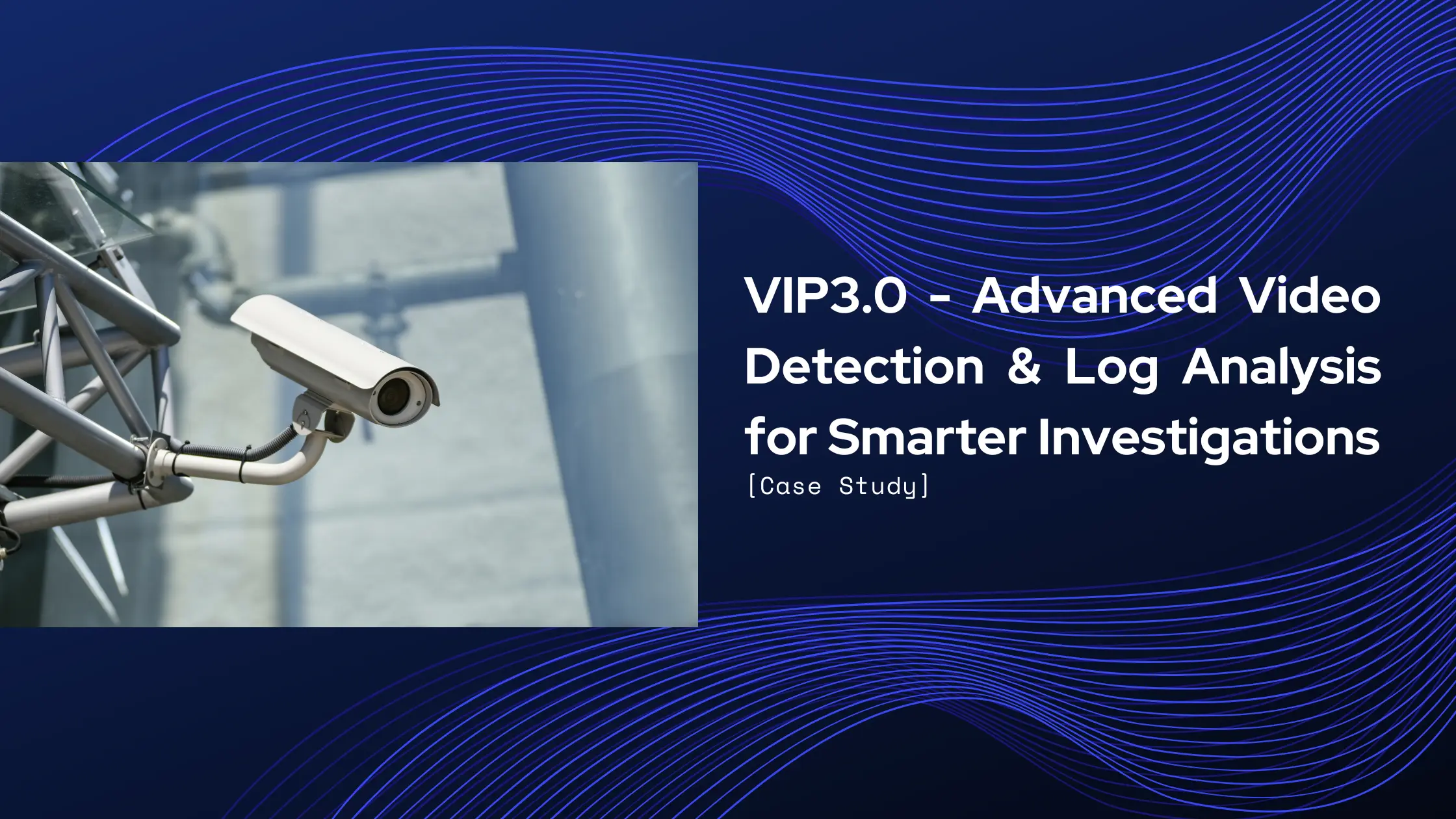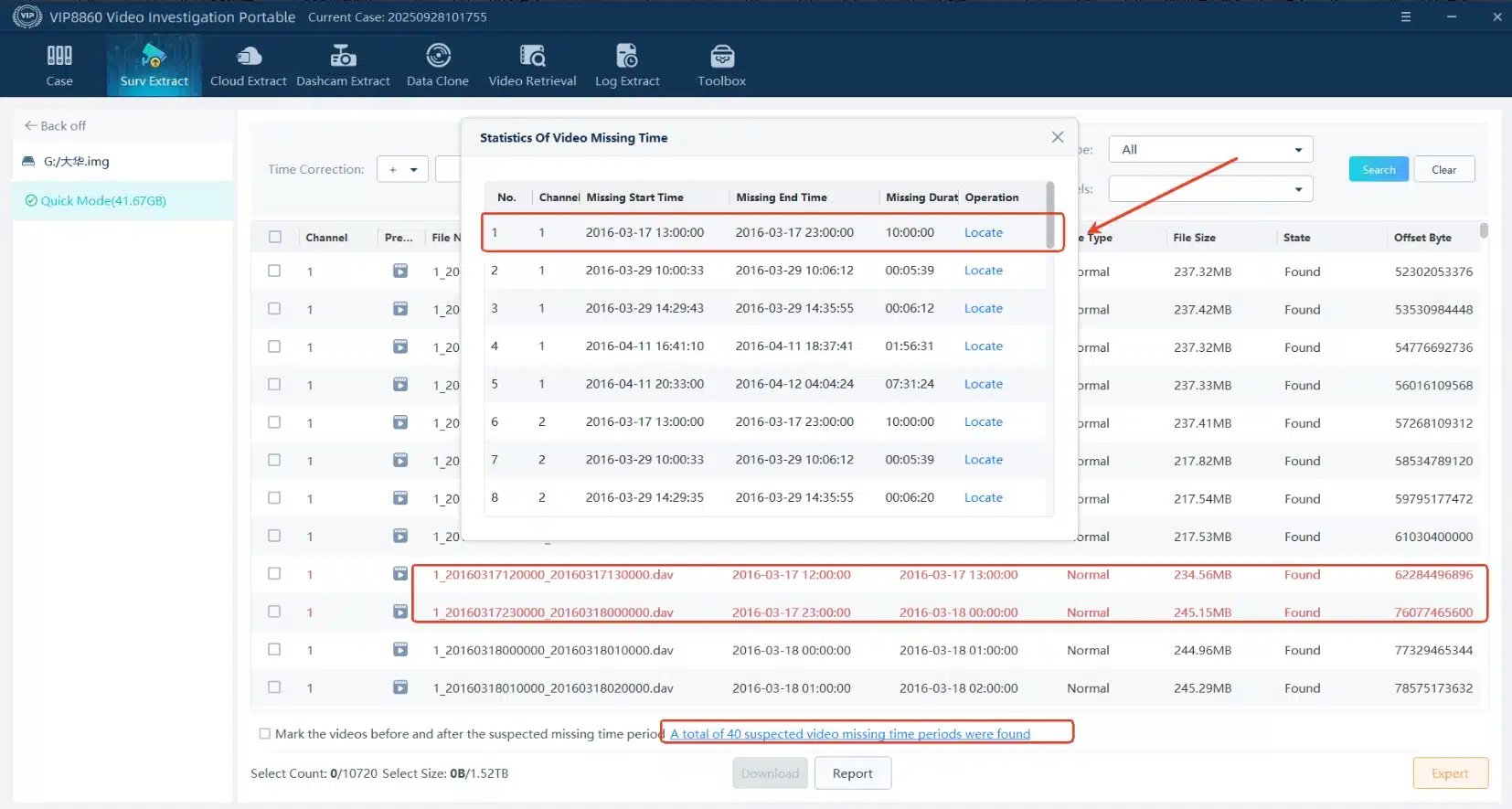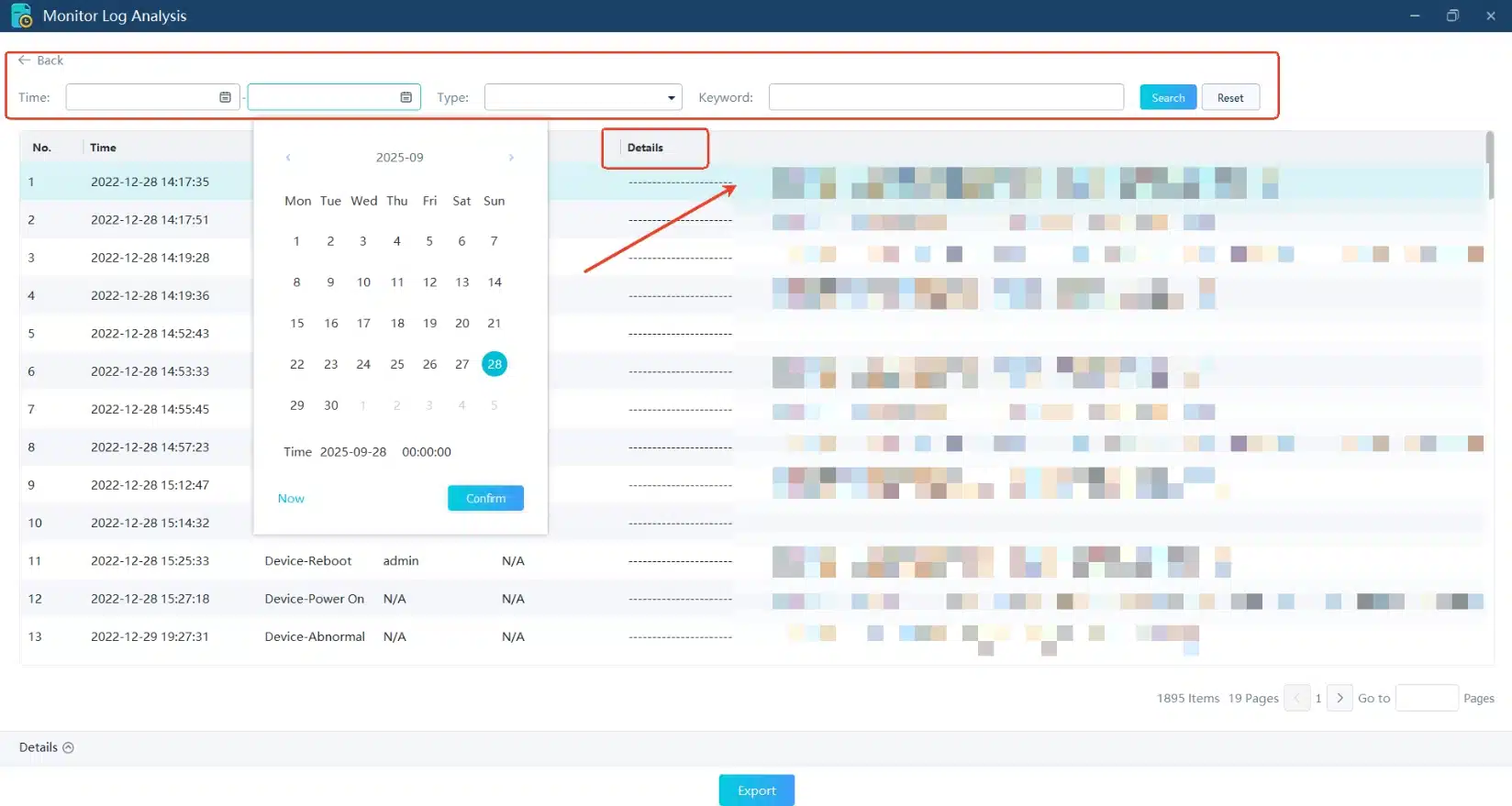In digital forensics, the integrity and timeliness of video evidence are crucial. However, with the increasing volume of video data, traditional methods are no longer sufficient to efficiently handle the complexities of video analysis. VIP 3.0, an advanced video forensics tool, leverages intelligent missing video detection and log analysis to help investigators quickly pinpoint critical information and uncover the truth. This case study will delve into the performance of VIP 3.0 in real-world applications, highlighting how it accelerates investigations and enhances accuracy.
【Case Study】VIP3.0 – Advanced Video Detection & Log Analysis for Faster, Smarter Investigations

-
Content
- Case Background
- Case Analysis
- Summary
-
Content
- Case Background
- Case Analysis
- Summary
Case Background
In March 2016, a jewelry theft took place at a shopping mall in California, USA. To gather more evidence, mall staff worked with investigators to review nearby surveillance footage. To ensure procedural integrity, forensic personnel created an image of the surveillance system and used VIP 3.0 to extract and recover the data. By correlating the incident’s timing with statements from the mall staff, investigators narrowed the potential timeframe to between 1:00 PM on March 17, 2016, and 11:00 PM on March 18, 2016. Using VIP 3.0’s extraction results, investigators identified 40 missing video segments within the image. Notably, footage from 1:00 PM to 11:00 PM on March 17 was absent—a crucial period within the investigation’s critical window.
Case Analysis
From a technical standpoint, several factors can cause surveillance footage to become discontinuous. For instance, a sudden DVR restart or power loss can interrupt recording. Other issues, such as bad sectors on the hard drive, insufficient storage, or disconnections, may also disrupt recording. In some cases, user actions—like intentional deletion of footage or overwriting due to loop recording—can be the cause. To investigate further, investigators, with the mall staff’s help, retrieved the surveillance system’s log files and analyzed them using VIP 3.0’s log analysis feature. By filtering the logs to the relevant timeframe, they discovered that the video loss was due to a signal interruption, resulting in a missing segment that lasted up to 10 hours.
Summary
In real forensic scenarios, due to the massive volume of relevant surveillance videos, manually reviewing and analyzing them consumes a significant amount of time and resources. Moreover, even with the assistance of numerous forensic tools, many of these tools only allow simple extraction and sequencing of video clips. When videos are missing or discontinuous, investigators still need to operate manually.
VIP 3.0’s newly introduced Suspected Missing Video Detection feature effectively addresses this issue. Combined with another new feature—Surveillance Log Analysis—the two work seamlessly together, enabling forensic investigations of surveillance footage to become significantly more efficient.



